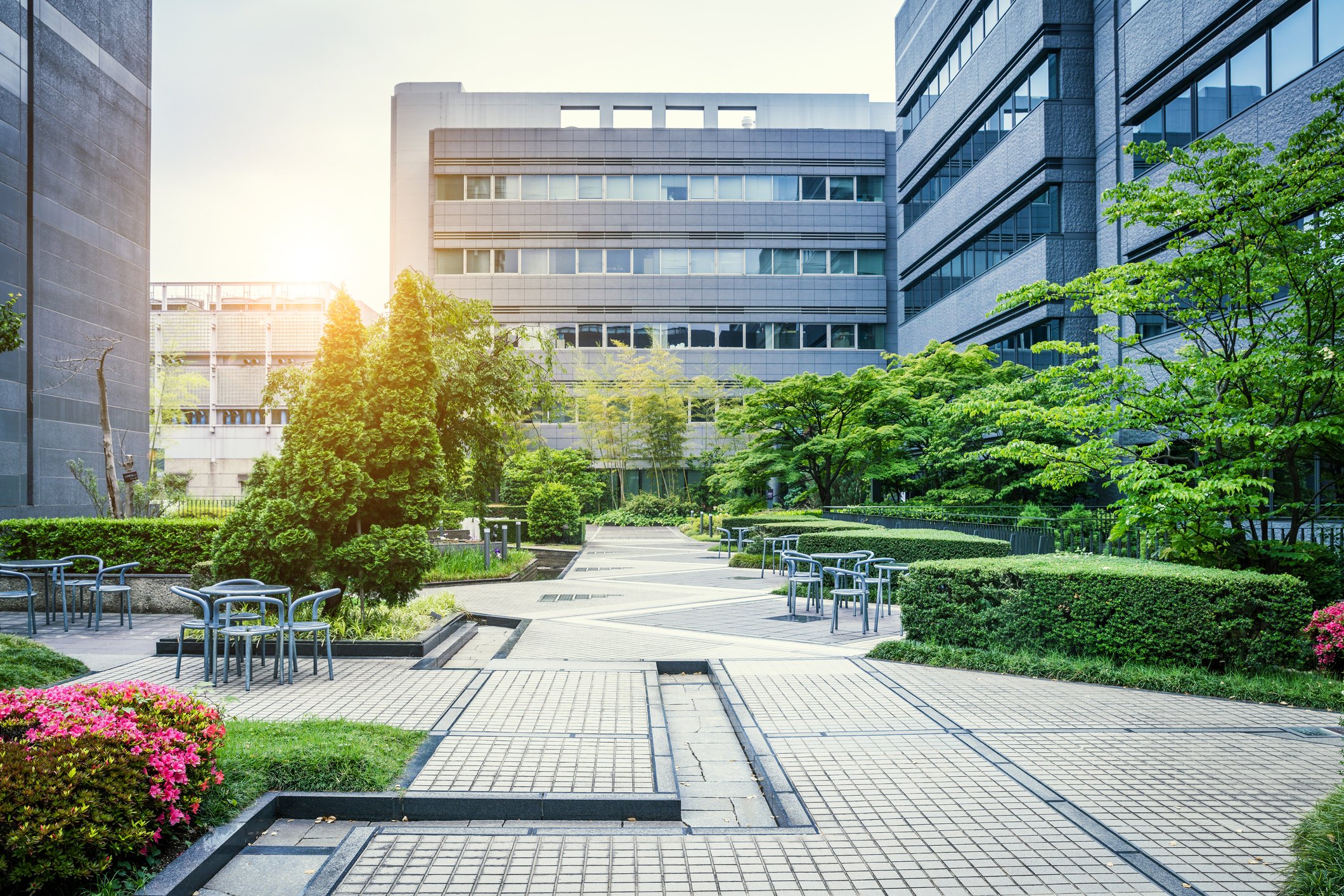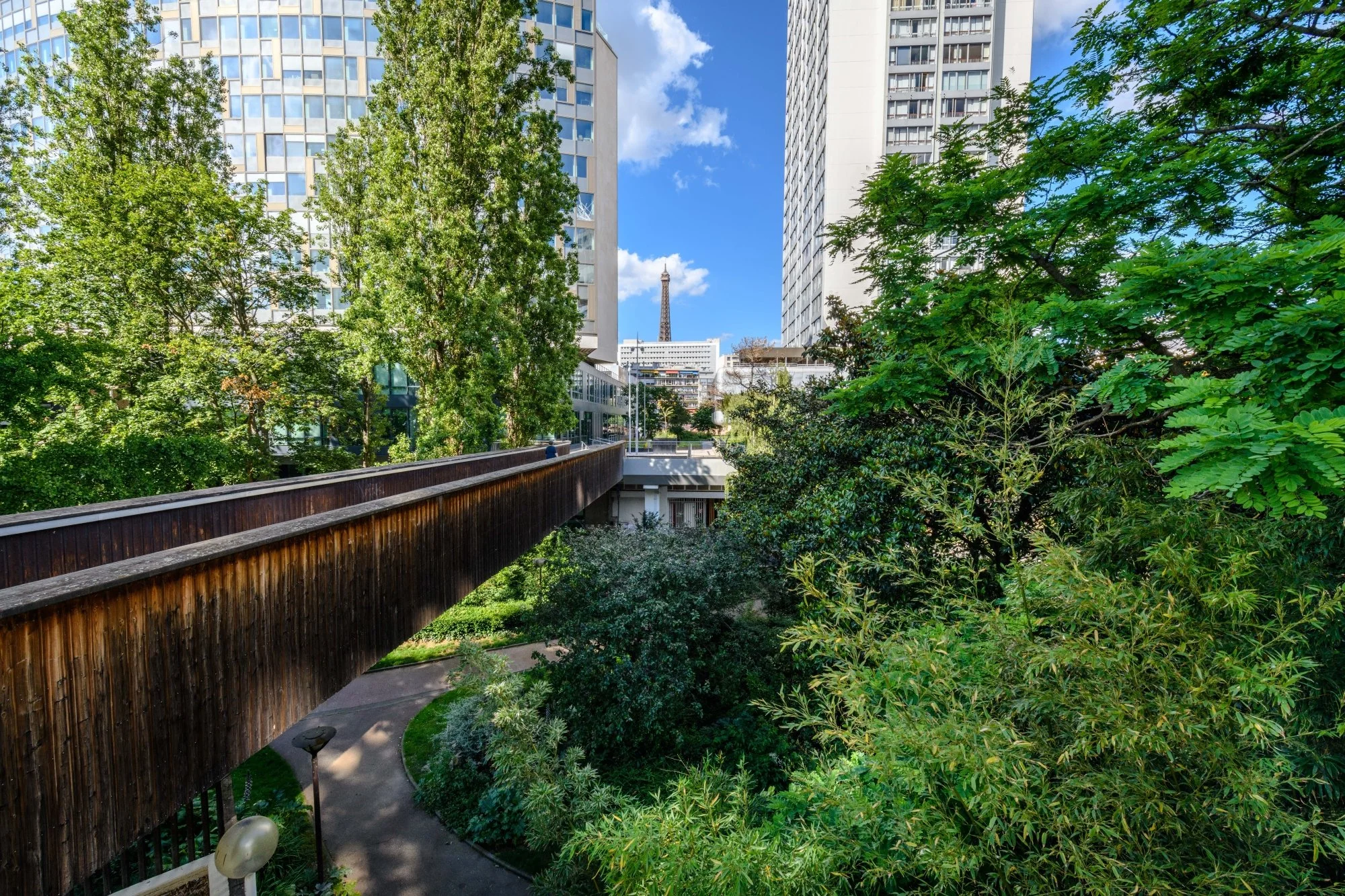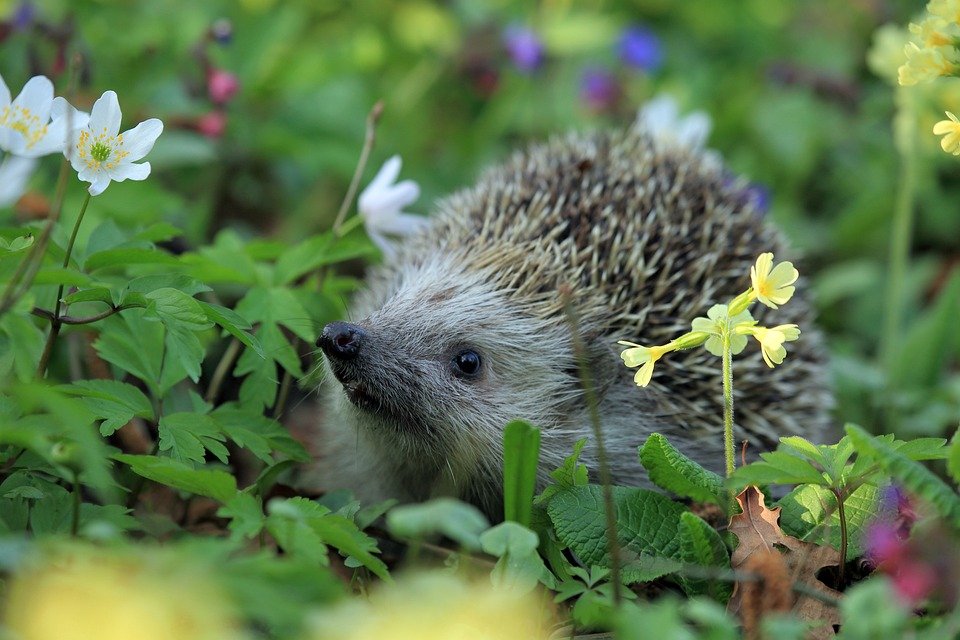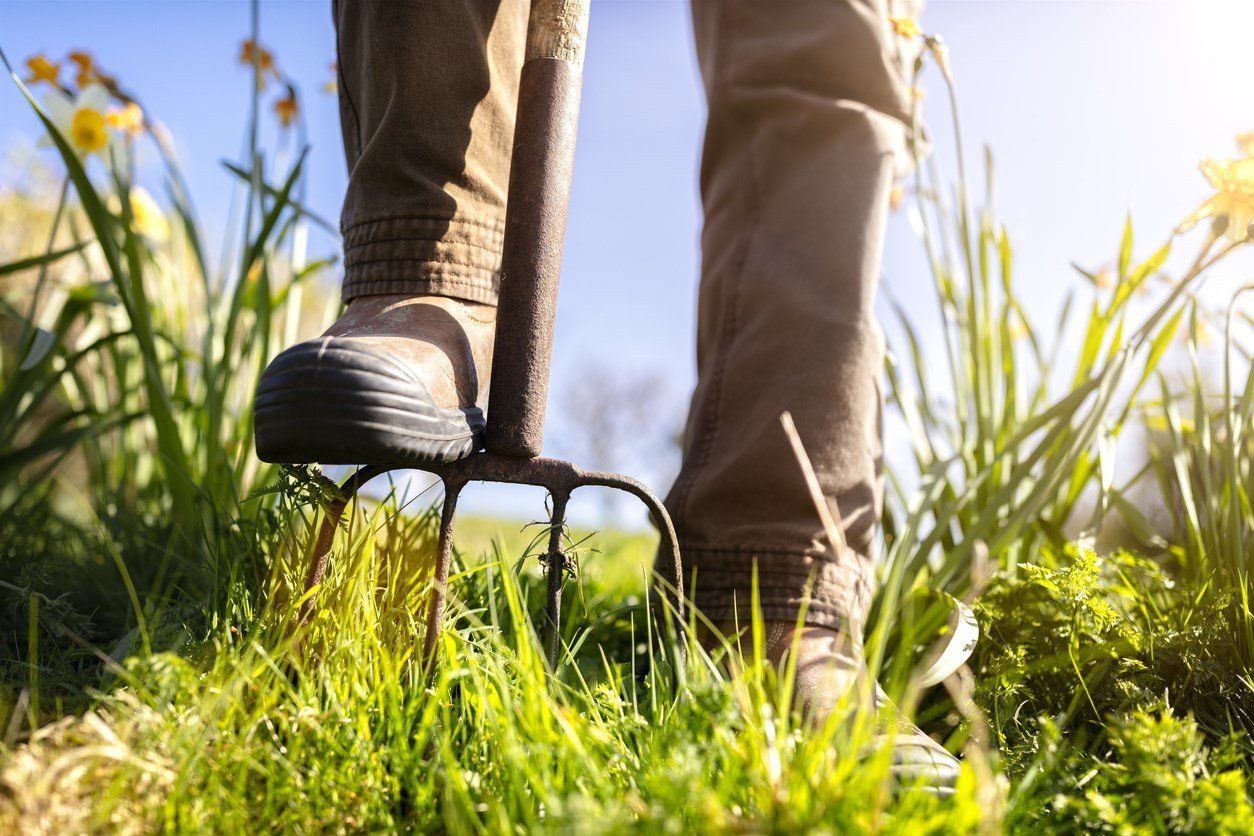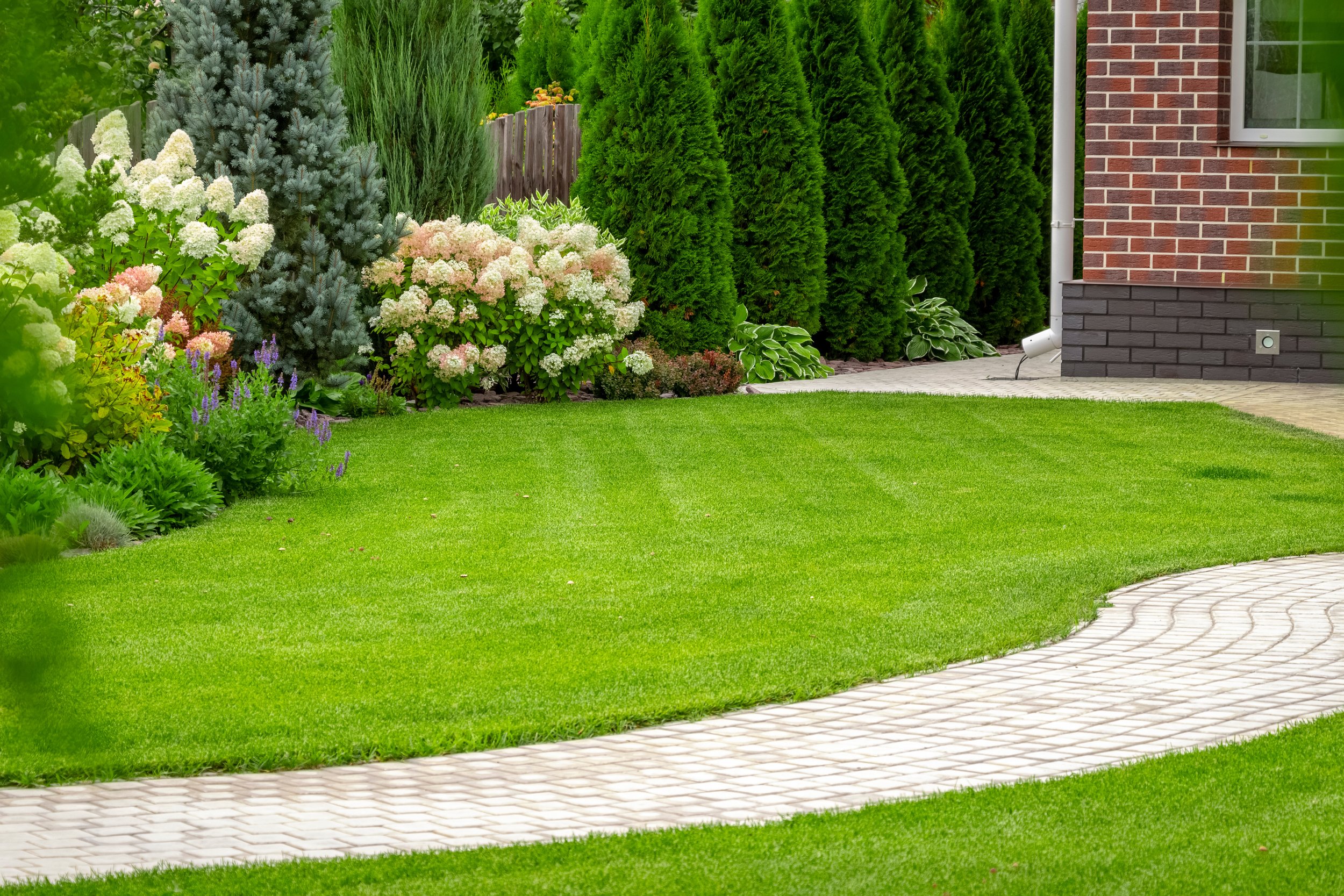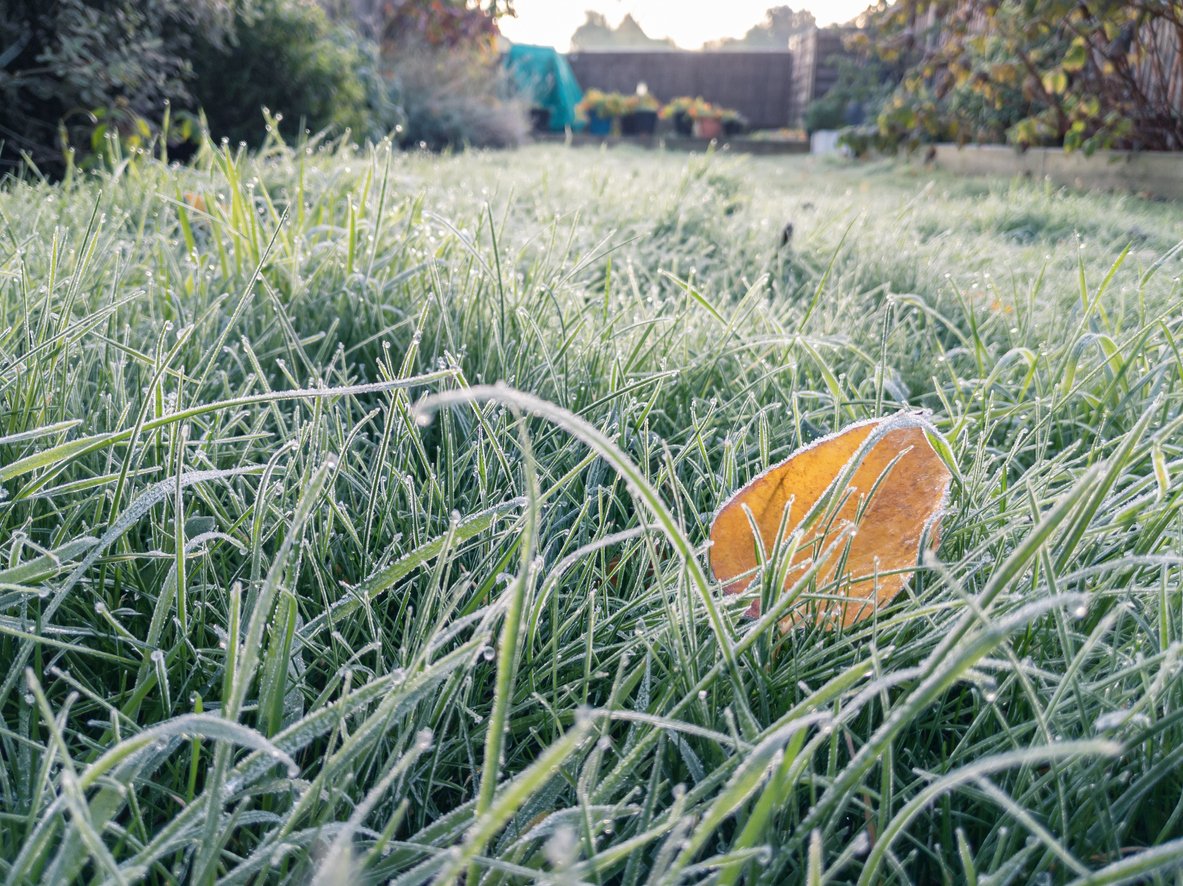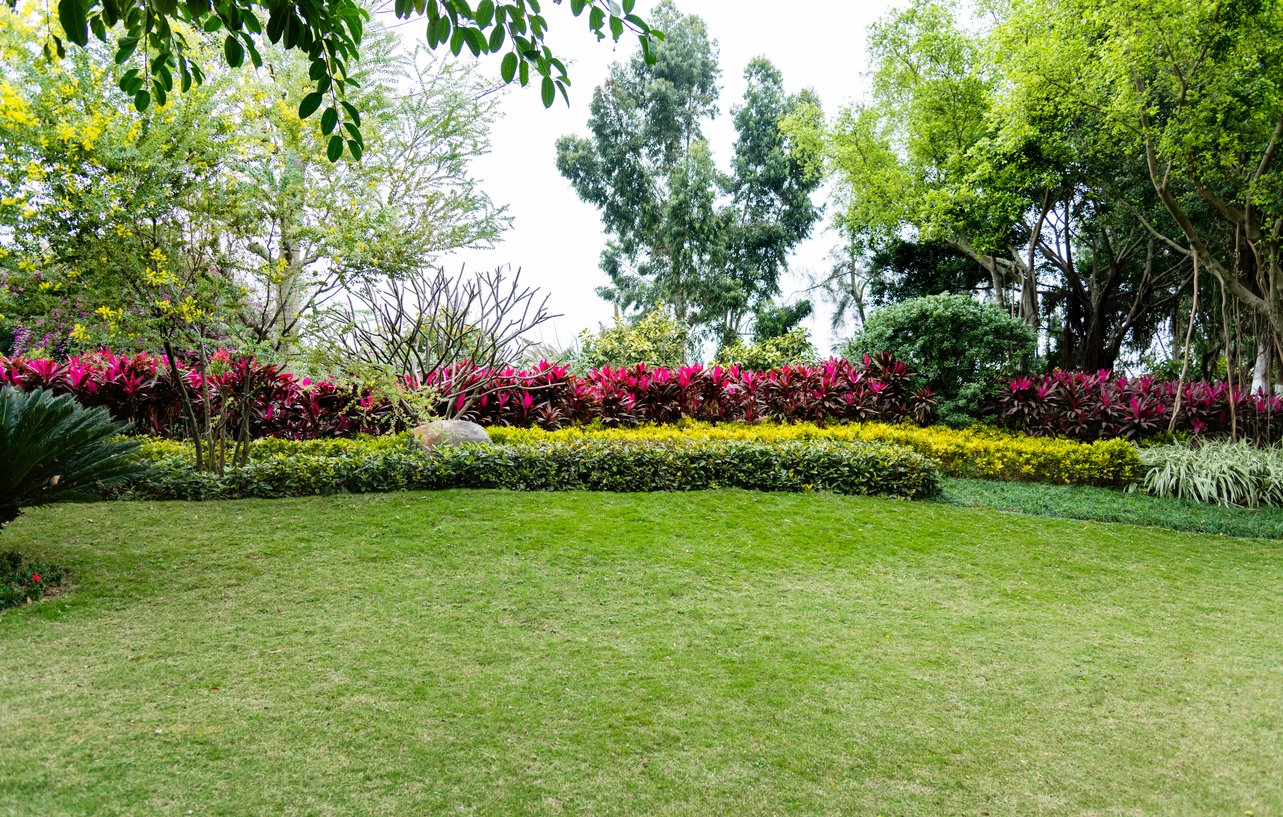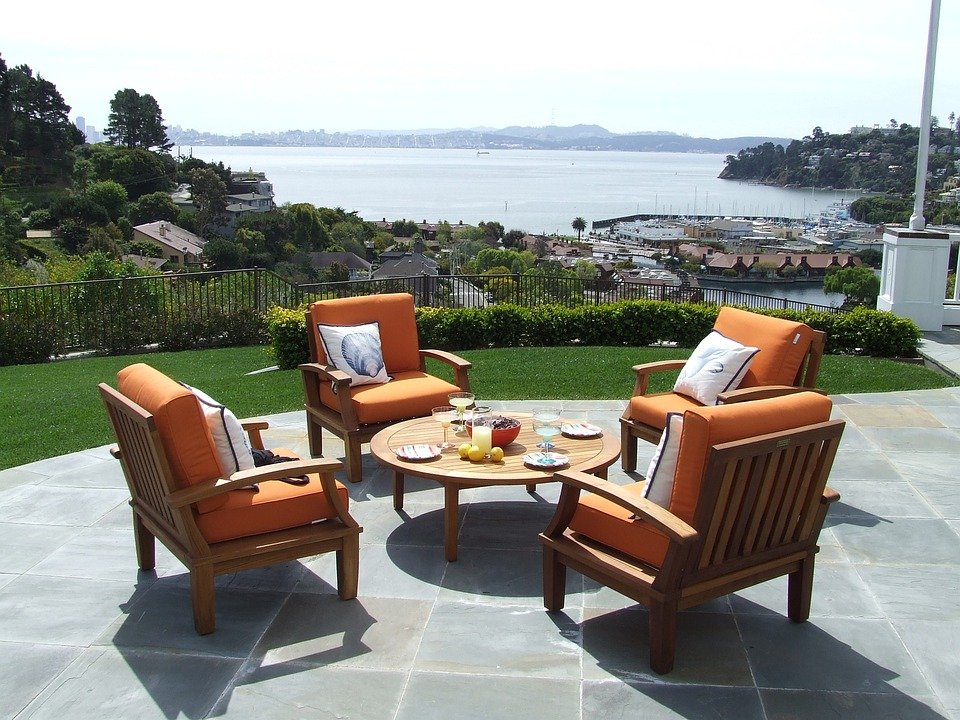In today's world, sustainability is a crucial consideration in all aspects of life, and landscaping is no exception. As businesses and organisations seek ways to minimise their environmental impact, sustainable commercial landscaping has emerged as a vital solution.
Lizard Landscape Design understands the importance of balancing aesthetics with ecological responsibility. Through landscape planning, management, and ecological services, they can help transform your commercial space into an eco-friendly haven while maintaining its beauty and functionality.
Read on to find out more about sustainable commercial landscaping.
The Power of Landscape Planning
Effective landscape planning is the foundation of sustainable commercial landscaping. It involves carefully considering the natural environment, space utilisation, and desired outcomes to create a harmonious and eco-friendly design. Lizard Landscape Design employs skilled professionals who understand the importance of sustainable practices, utilising techniques such as water-wise planting, native species integration, and efficient irrigation systems to optimise resource usage. By incorporating landscape planning, businesses can create visually appealing spaces that blend seamlessly with the surrounding ecosystem.
Efficient Landscape Management
Landscape management plays a vital role in ensuring the long-term sustainability and beauty of commercial landscapes. Lizard Landscape Design offers comprehensive management services tailored to each client's specific needs. From regular maintenance to pest control and seasonal plantings, their team of experts ensures that your landscape remains healthy and vibrant. By employing sustainable management practices such as organic fertilisation and natural pest control methods, they minimise the use of harmful chemicals, preserving the ecological balance of the environment.
Ecological Services for a Greener Future
Lizard Landscape Design takes sustainability a step further by providing ecological services that promote biodiversity and habitat preservation. By integrating native plants, creating wildlife-friendly areas, and implementing green infrastructure solutions, they help restore natural ecosystems within commercial spaces. These ecological services not only enhance the aesthetic appeal of your landscape but also contribute to the overall health of the local environment. Businesses can take pride in knowing that their landscape supports biodiversity and plays a role in combating climate change.
Landscape Planning From Lizard Landscape Design
Sustainable commercial landscaping is more than just creating a visually appealing space; it's about making a positive impact on the environment. With landscape planning, management, and ecological services from Lizard Landscape Design, businesses can transform their outdoor spaces into sustainable havens that benefit both people and the planet. By embracing these practices, companies demonstrate their commitment to environmental stewardship while enjoying the numerous advantages of a beautiful and eco-friendly landscape.
Get in touch today to find out more about how we can help with your sustainable landscaping needs.


